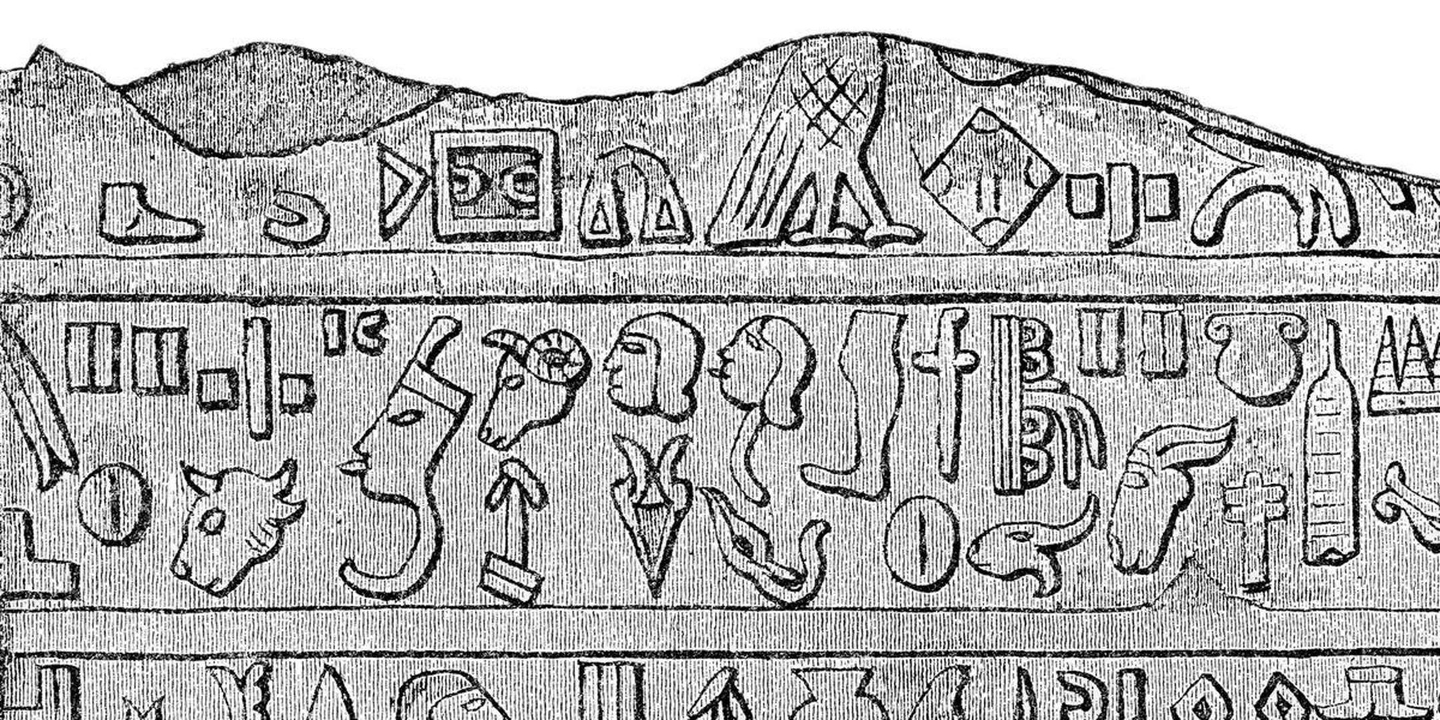Archaeologists discovered a 3,500 year-old Bronze Age language lost to time
The Boğazköy-Hattusha archeological site, known for its vast cache of cuneiform tablets, serves as an intricate tapestry of rich history.

[Aug. 31, 2023: Staff Writer, The Brighter Side of News]
In the ruins of the archeological site at Turkey’s Boğazköy-Hattusha, archeologists uncovered a new language written on a tablet detailing a foreign ritual. (CREDIT: Getty Images)
In the rolling landscapes of north-central Turkey, the once-majestic city of Hattusha, the epicenter of the powerful Hittite empire during the late Bronze Age, whispers its secrets to the winds of history.
The city, which thrived between 1650 - 1200 BCE, has been transformed into a monumental archive of ancient languages, largely due to the unparalleled discovery of around 30,000 cuneiform tablets nestled within its ruins.
The Boğazköy-Hattusha archeological site, known for its vast cache of cuneiform tablets, serves as an intricate tapestry illustrating the rich history, cultural traditions, and societal norms of Bronze Age Anatolia. Its profound historical significance was recognized globally when UNESCO conferred upon it the title of a World Heritage Site in 1986.
The vast site of Hattusha with the town of Boğazkale just beyond. (CREDIT: Creative Commons)
Related Stories
While the lion's share of the tablets from Hattusha is penned in Hittite, the earliest known member of the Indo-European linguistic family (the lineage from which languages like English emerged), the site offers a linguistic diversity that paints a more vivid picture of the region. Languages such as Luwian, Palaic, and Hattic make notable appearances, bearing testimony to the rich polyglot culture of the time.
Yet, even amidst this overwhelming sea of historic knowledge, the present year's excavations managed to drop a veritable bombshell—a revelation of an entirely new, previously undocumented language.
Daniel Schwemer, spearheading the Ancient Near Eastern Studies at Julius-Maximilians-Universität (JMU) Würzburg in Germany, remarked on the Hittites' penchant for documenting rituals in a mosaic of languages. According to him, “The Hittites were uniquely interested in recording rituals in foreign languages.”
Hattusha: the Hittite Capital General view. (CREDIT: Umut Özdemir)
Buried deep within one of these ancient cultic texts, archeologists stumbled upon a recitation written in a language that, to date, remained shrouded in mystery. This cryptic language, as per the Hittite annotations, was the tongue of Kalašma, a region speculated to have stretched along the northwestern fringes of the Hittite realm.
Delving deeper into the world of linguistics, it's captivating to note that Indo-European languages span across a multitude of nations in contemporary Europe and parts of the Indian subcontinent. This colossal family of languages traces back to a primordial "mother" language, hypothesized to have originated near the Black Sea, in regions now identifiable as southern Ukraine.
Beyazıt Mosque in Bolu city centre. (CREDIT: Wikipedia)
Zooming into the geographic puzzle, evidence aligns the land of Kalašma to present-day areas around Bolu or Gerede in northwestern Turkey. This location is intriguingly proximate to where the Palaic language thrived. Yet, linguistic intricacies of the newfound script appear to resonate more with Luwian, the dominant language of the southeastern territories of the Hittite kingdom.
The discovery of the Kalašma language, represented currently by a mere fragment, hints at the vast untapped linguistic treasures potentially concealed in the expansive Anatolian plains. It beckons researchers, historians, and linguists alike to continue their exploration, to unearth and revive more relics of forgotten tongues that once echoed through the corridors of time.
Hattusha: the Hittite Capital Aslanlı Kapı, Lion Gate. (CREDIT: Umut Özdemir)
The recent findings at Hattusha not only magnify its already monumental significance in Bronze Age history but also underscore the imperative to persistently seek, study, and cherish our rich past. Every shard, every tablet, every undeciphered script is a time capsule, waiting to be unraveled, revealing tales of civilizations, cultures, and languages that once flourished and molded the course of human history.
The historical significance of the Hittite empire
The Hittite Empire was one of the most important empires of the ancient world. It existed from approximately 1600 to 1180 BCE and at its height controlled much of central and southern Anatolia (modern-day Turkey), northern Syria, and parts of Upper Mesopotamia (modern-day Iraq).
Here are some of the most important facts related to the Hittite Empire:
The Hittites were one of the first civilizations to master the use of iron in warfare and construction. This gave them a significant military advantage over their neighbors.
The Hittite capital city of Hattusa was one of the largest and most well-defended cities in the ancient world. It was surrounded by a massive wall and contained a number of palaces, temples, and other public buildings.
The Hittites were pioneers in the development of chariot warfare. They used chariots to great effect in battle, and their chariot corps was one of the most feared military forces in the ancient world.
The Hittites were also skilled diplomats. They negotiated the first known peace treaty in history with the Egyptian Empire in the 13th century BCE. This treaty helped to establish a period of peace and stability in the region.
The Hittite Empire was a melting pot of cultures. The Hittite people borrowed heavily from the cultures of their neighbors, such as the Mesopotamians, Hurrians, and Syrians. This is reflected in their art, architecture, religion, and law.
In addition to these important facts, the Hittites also made a number of other significant contributions to the ancient world, including:
They developed a sophisticated system of law and government. The Hittite legal code was one of the most advanced in the ancient world, and it included many concepts that are still used today.
They were skilled metalworkers and produced a wide range of iron and bronze artifacts. Hittite metalworkers were particularly known for their skill in producing weapons and armor.
They were also skilled farmers and developed a number of irrigation techniques to improve their crop yields. This allowed them to support a large population and build a powerful empire.
The Hittite Empire collapsed in the 12th century BCE, but their legacy continues to be felt today. Many of the modern place names in Turkey can be traced back to the Hittite language, and Hittite archaeological sites are some of the most popular tourist destinations in the country.
Note: Materials provided above by The Brighter Side of News. Content may be edited for style and length.
Like these kind of feel good stories? Get the Brighter Side of News' newsletter.



